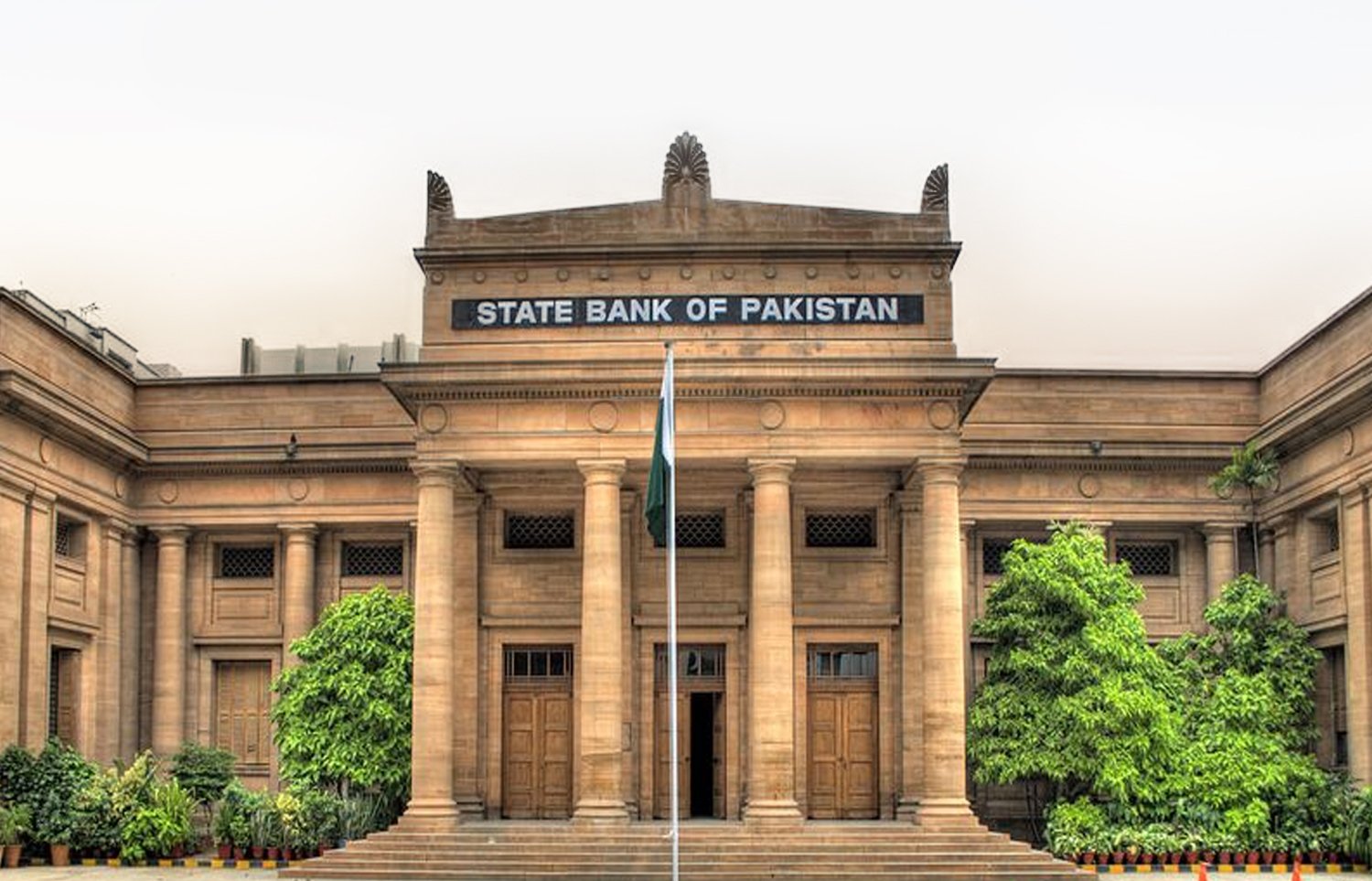Osama Bin Laden: Al-Qaeda Leader and Most Wanted Terrorist
Osama Bin Laden is a name renowned for terror and a significant event 9/11 in global history. He emerged as a prominent figure in the narrative of modern terrorism. His journey sails from a descendant of a wealthy family to a mastermind of the deadliest terrorist attacks on American soil.
Osama’s life story is full of terrorism, geopolitical complexities, and the clash of extremist ideologies with modernity. His role as al-Qaeda’s founder, plans of bloodshed in the name of jihad, and the continuous search for him ended in his spectacular death in 2011. All of this has left a long-lasting impact on our collective minds.
Early Life
Osama was born into a billionaire family in 1957 in Riyadh, Saudi Arabia. He was the seventh child of Muhammed Bin Laden. His father was a Yemeni immigrant who founded the largest construction company in Saudi Arabia.
His mother Alia Ghanem was from Syria. Alia married Muhammad Bin Laden for a brief time as a fourth wife and divorced when Osama was four years old.
Osama grew up as a stepson in his mother’s new home in Jeddah after his father passed away in a helicopter crash in 1967. He was eleven years old when his father died.

Beginning of Terror Era
Osama was studying business administration at King Abdulaziz University in Jeddah. Shocking news broke that Egypt signed a peace pact with Israel in 1979 during his study career. The same year, the Islamic Revolution overthrew the Shah of Iran while Soviet soldiers occupied Afghanistan.
Osama then decided to launch a long war against foreign campaigners and dictatorial regimes in the Middle East. The motive behind his planning was to end the supremacy of foreign powers.
Role in Afghan Invasion
The Soviet invasion of Afghanistan faced off with local Afghan resistance. The international alliance consisted of the United States, Saudi Arabia, Egypt, and China, supported and armed the local Afghans to fight against Soviet soldiers.
American secret agency CIA equipped and funded the Mujahidin in Afghanistan as part of Operation Cyclone from 1979 to 1989. Osama settled in Pakistan near the Afghan border to train and equip fighters against Soviet invasion.
The goal was not to become overly involved in the struggle against the Russians (Soviet). It was the task of Americans. But rather to express unity with our Islamist brothers.
Osama Bin Laden
Bin Laden opened a shop in Peshawar, Pakistan, to collect finances and recruit foreign Mujahidins in the first half of the 1980s. He received volunteers from the Saudi kingdom and other Arab and Muslim countries. He trained and sent them to Afghanistan to fight foreign powers.
I established my first camp in Pakistan where Pakistani and American commanders trained the volunteer fighters. The Americans provided the weaponary and Saudis gave the funds.
Osama Bin Laden
Foundation of Al-Qaeda and terror attacks
Osama was opposed to all foreign powers in the Muslim world. So, he created Al-Qaeda in 1988, just one year before the Soviet pullout from Afghanistan.
After that, he went back to Saudi Arabia to raise funds for his new mission of strengthening Al-Qaeda. The Saudi public welcomed him. However, the Saudi government became suspicious of him as he became increasingly vocal in his opposition to authorities.
Then Osama relocated to Sudan in 1992, where he did a large amount of charity work establishing farms and building roads for the welfare of people. He moved to Sudan because Sudanese President Hassan Al-Turabide was committed to developing a political agenda based on Islamic teachings.
Anti-American sentiments and al-Qaeda’s early attacks
Osama Bin Laden’s terror campaign against the superpower United States started when he witnessed the growing influence of the US in the Middle East after the Gulf War in 1990-91. The US was the major instigating source that caused a war between two Muslim countries Kuwait and Iraq.
He was also upset at the presence of US troops in his Holy land Saudi Arabia and the American-Israel cruel alliance against Palestinians. Another disturbing factor that led him to launch attacks on the US was the growing Western influence dominated by America in the Muslim world, especially in the Middle East.
Al-Qaeda claimed responsibility for the first hotel bombing attack targeting the American forces in Yemen on Dec 29, 1992. However, no Americans were killed.
But, in 1996, Osama had to leave Sudan under American and Saudi pressure. He said some months after his dismissal from Sudan that “Muslims are angry with America.”
America should leave Saudi Arabia for its own benefit. There is no greater responsibility than driving the American enemies out of the Holy Land. The presence of US crusader military forces on the land, sea, and air of the Islamic Gulf states is the greatest threat to the world’s largest oil reserves (Saudi Arabia).
Osama Bin Laden
Al-Qaeda then launched an attack on the US embassies in Kenya and Tanzania on Aug 7, 1998. This attack resulted in the deaths of 220 people and wounded over 5000 people.
9/11 Attack
Following the devastating 1998 strikes, Al-Qaeda shocked the world with an even deadlier attack, this time in the United States.
On Sep 11, 2001, almost 3,000 Americans were killed when hijacked commercial airplanes crashed into New York City, Pennsylvania, and the Pentagon. These attacks are referred to as 9/11 attacks. It resulted in the deaths of nearly 3000 people and more than 2000 people wounded. However, 19 hijackers committed suicide.
Bin Laden stated in a videotape obtained by Al Jazeera in 2014 that they (Al-Qaeda) had never considered attacking the skyscrapers [on 9/11].
But as the brutality and tyranny of the American-Israeli alliance became unjustified against our people in Palestine and Lebanon, it came to my mind. Should a man be held responsible for defending his home after the events of Sep 11, 2001.
Osama Bin Laden
The Most-Wanted Terrorist and Death
After the 9/11 attacks, the concern among authorities and stakeholders of the United States grew more strongly. They decided to capture Osama Bin Laden at any cost.
The war on terror with Al-Qaeda would not end until every terrorist group with a global reach had been identified, stopped, and defeated.
George Walker Bush
In 1999, the United States designated Al-Qaeda as an “International terrorist organization”. The US Senate increased the prize for the murder or capture of Osama to $25 million in 2007.
The CIA led an international hunt for Osama Bin Laden, which resulted in his capture in 2011. On May 2, 2011, Osama was assassinated in a CIA “Neptune Spear Operation” in the Pakistani city of Abbottabad. Afterward, US President Barack Obama declared his death.
Click here to read the details of a drug terrorist Pablo Escobar who killed thousands of people
Conclusion
The historical story of Osama Bin Laden shows the change of a once-privileged guy into the mastermind of unimaginable horror. The transformation of Osama has roots in the turbulent events of his time. It covers his early years in a wealthy Saudi family and his significant role in the Afghan resistance during the Soviet Invasion.
The establishment of Al-Qaeda, fundraising activities, and strategic relationships show his dedication to a distorted view of Islam. His death was a turning point in the fight against terrorism.
However, the complexity underlying his motivations and the lasting effects of his legacy serve as an upsetting reminder of the ongoing problems in maintaining global security and understanding the roots of extremism.
Share this content:



Post Comment